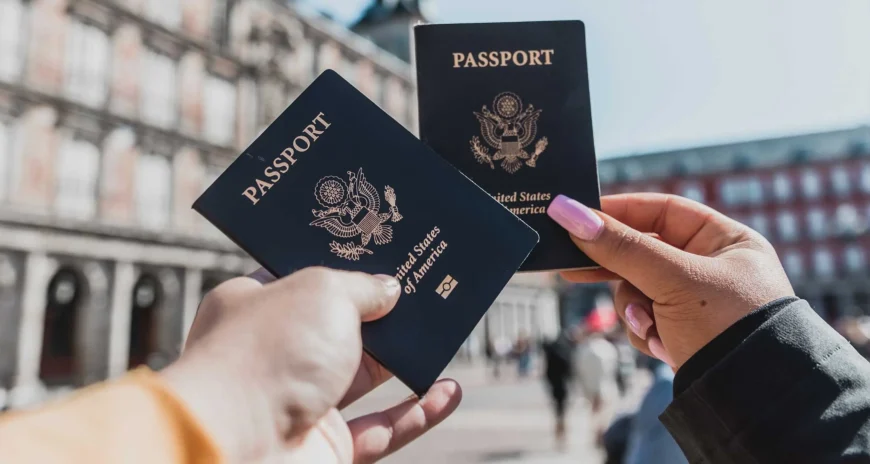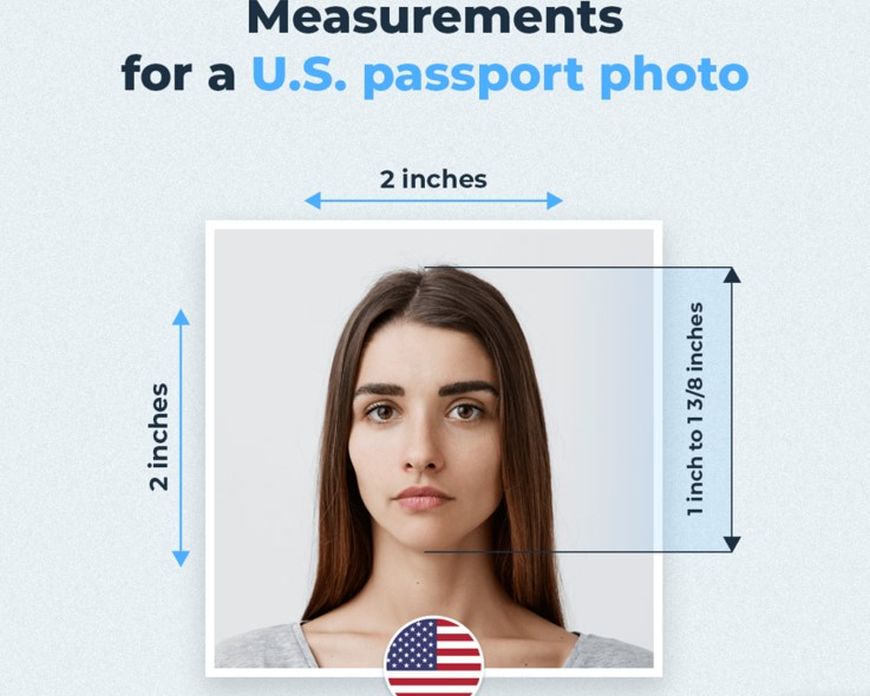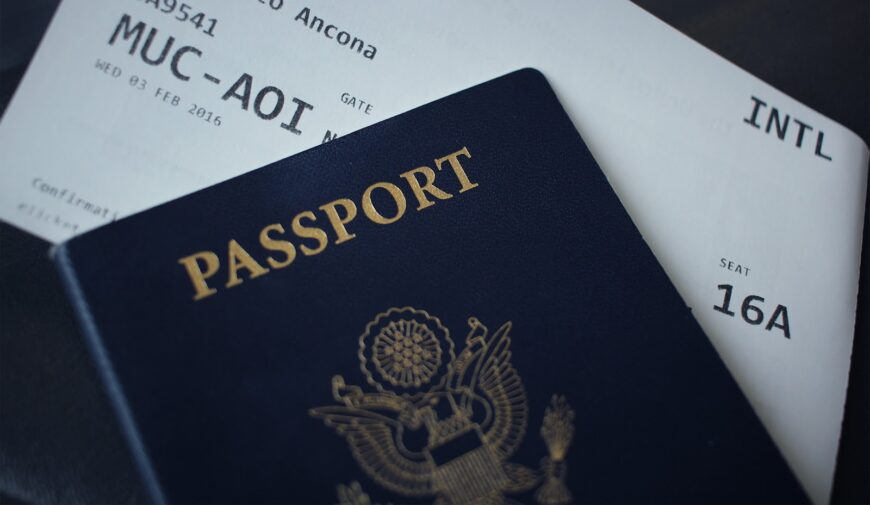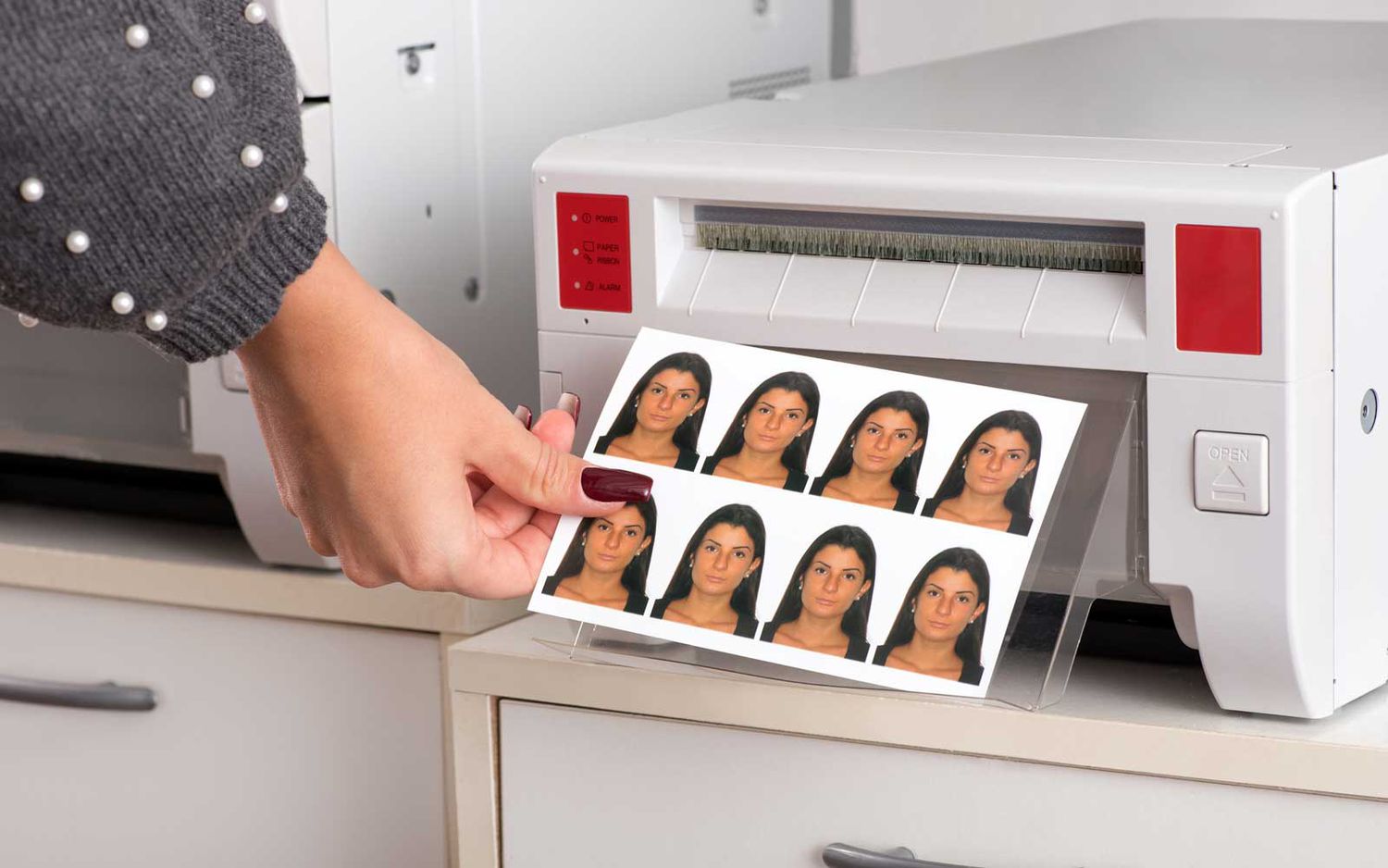Passport photos are an essential part of any application for a United States passport. To ensure that your photo is accepted when you apply for your passport, there are certain rules you should follow. Here, we provide an overview of the US passport photo rules so that you can be sure your picture will meet the required standards.
US Passport Rules

U.S. passport photo rules state that the photograph must be in color, have a white background, and have a clear image of the applicant’s full face against a plain background. The photograph must measure 2 inches by 2 inches with the eyes between 1-1/3 inches to 1-3/8 inches from the bottom of the chin to the top of the head and must be accurately scaled to meet all specifications.
The subject should directly face the photographer with both eyes open and with an expressionless facial look. Physical characteristics such as facial hair and spectacles must be included in their natural state but should not obscure any portion of your face or cast shadows on your face or the wall behind you in your shot. Prescription glasses can be worn if they do not distort any features of your face or reflect light in such a way as to make it difficult to distinguish feature details due to glare or shadows on your face or the wall behind you. Sunglasses are not allowed, however, tinted lenses or frames can only be permitted if they do not obstruct vision or distort features of one’s face. AI-Photo is forbidden, as it can alter a person’s face.
Jewelry, makeup, cosmetics, and any electronically enhanced pictures are not acceptable for U.S passport photos but contact lenses may be worn as long as their appearance does not alter one’s physical characteristics nor obscure any details essential for identification purposes. Both traditional hardcopy print passport photographs and digital/electronic copies are accepted as long as they meet all previously listed requirements for U.S. passport photos provided that electronic photographs will also need to include filename format such as .bmp .jpg .tiff etc.
Recommended Settings

Make sure the camera is adjusted to have at least 2” 15 feet away and have it approximately level with the subject’s eyes. All the parameters below need to be satisfied in order for your passport to be accepted:
Size: A full-face shot with the subject’s head centered in the frame and sized between 1″ – 1 3/8″. Any other image will not be accepted.
Head Position: The head should face straight ahead, not tilted up/down or side-to-side, with both eyes open and looking directly at the camera lens.
Background Color: The photo must have a plain white or off-white background. No other colors are acceptable. The background may also not contain any type of pattern or other images such as trees, buildings, etc.
Lighting: Photos must always be taken using good lighting conditions where there is no contrast between light and shadows on faces which is typically done indoors with natural lighting or studio lighting that does not cast shadows onto the face of the subject
Clothing: Avoid wearing clothing that blends in with plain white or off-white backgrounds such as white t-shirts and bright colors like reds or greens; wear something neutral like brown, gray, navy blue, black, etc.).
Editing and Retouching Tips

Most people are not professional photographers, so editing and retouching a passport photo to meet government guidelines can be difficult. It is important to remember that the photo should look as natural as possible. Therefore, there should be a minimal adjustment of brightness and contrast. Excessive retouching and significant alterations such as removing shadows or wrinkles can lead to the rejection of your passport application. Here are some tips for how to edit and retouch a photo so it will be accepted by the US Passport Agency:
- Trim any extra white border beyond the 2×2 inch standard size with an image editor, like Adobe Lightroom.
- Resize the image dimensions to 600 pixels by 600 pixels for accurate printing on an inkjet printer.
- Adjust brightness and contrast in small increments until the face has normal skin tones with no strong highlights or deep shadows lying across the face.
- Crop out any extraneous background such as chairs or other people in the picture.
- Remove any evidence of flash glare on glasses if present, but use caution not to over-edit around that area as too much manipulation of eyes and facial features will result in image rejection when applying for a passport.
- Make sure there are no red eye problems due to flash reflection in the eyes before submitting a digital version of your photo online with your application form if applicable.
- Smooth out any blemishes that may appear on faces, while still maintaining realistic facial features instead of making them look unnatural or overly edited when you print out your passport photo at home or have it printed professionally at a kiosk or photography studio.
How much does it cost?
A professionally taken passport photo will typically cost around $10 – $15 depending on the photographer and your location. Some retail stores may offer an even lower rate when printing multiple photos at the same time. If you choose to use a booth, expect to pay around $10 – $20 plus any additional fees associated with it (e.g., processing fee).
Finally, if you take your own picture at home be aware that there is no charge associated with this other than what is required to purchase the equipment (camera and printer). However, do keep in mind that it’s important to ensure that all US passport photo guidelines are met in order for your application to be accepted — some cameras are not capable of capturing an image that meets those standards.
Conclusion

In summary, passport photo rules in the US are pretty strict. They require that picture must be taken within the last six months, must be taken in front of a plain white or light-colored background, and must meet certain criteria related to size and orientation. Additionally, all photos must be printed on good quality paper that is resistant to fading over time, and facial features should be clearly visible at all times. Failing to adhere to these requirements can result in your application for a passport being rejected.




